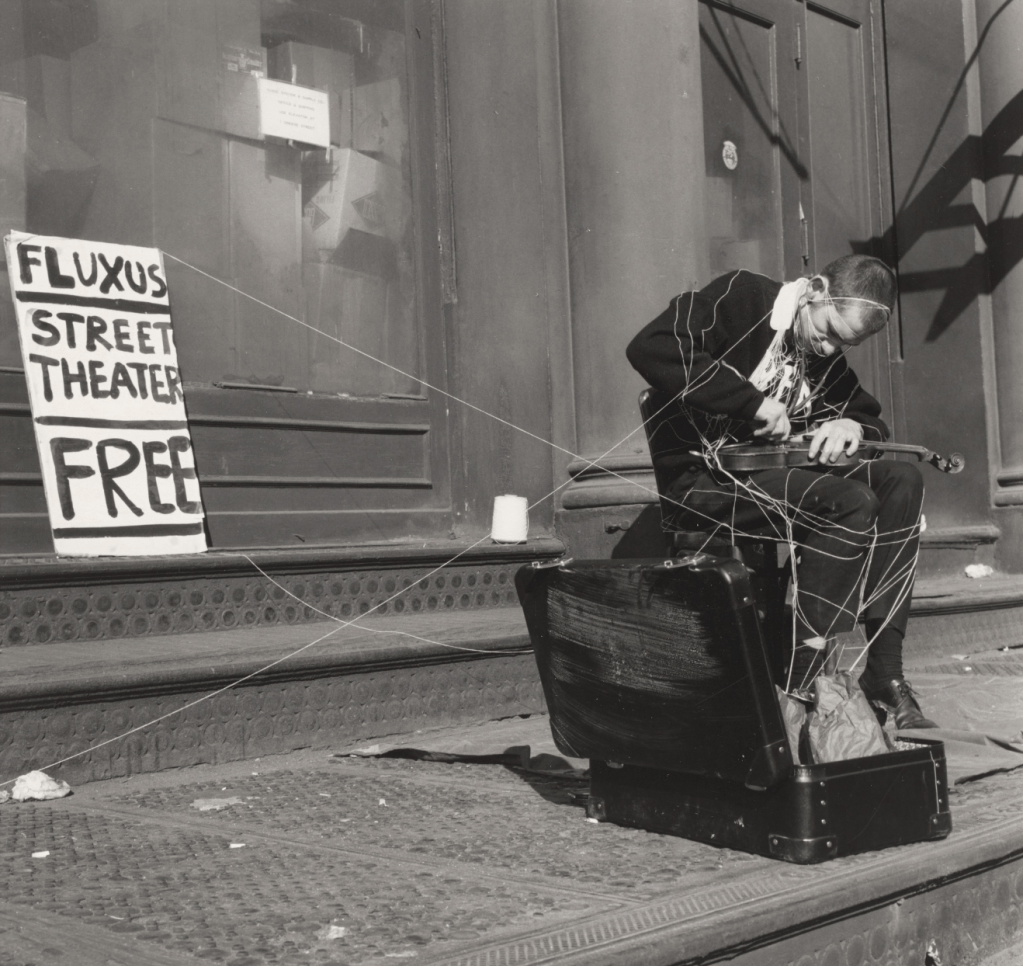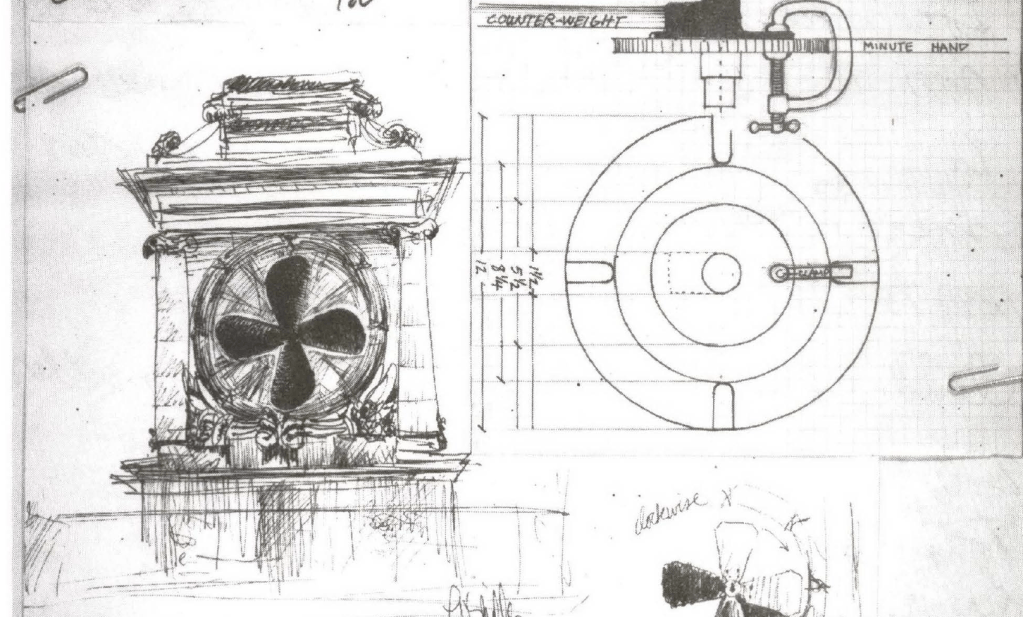Activating Fluxus

news | EVENTS | writings
-

Episode 9: ‘Piano Activities’ (~1962) by Philip Corner
This episode explores Philip Corner’s iconic work ‘Piano Activities’, starting with its controversial 1962 premiere at the Wiesbaden festival. Our guest, artist Sean Miller, narrates his experience interpreting Corner’s latest version of the score, titled ‘Piano Aktivitys as a Disciplind Destruktshun’ (2022), which he orchestrated and performed in 2024 in Gainesville, Florida. Miller reflects on…
-

Book Publication Fund for our anthology!
Activating Fluxus, Expanding Conservation is going Open Access thanks to the generous support of the Swiss National Science Foundation via the Book Publication Grant. Emerging from the four-year research project Activating Fluxus, the book will be freely available to all readers both in hardcover and electronically.
-

Episode 8: ‘Very Fast Clock’ / ‘Very Slow Fan’ (~1975) by Larry Miller and George Maciunas
The concept of switching motors between a fan and a clock was conceived by Larry Miller around 1973-74. According to Miller, “the work addresses the concept of a pairing of time and motion as two opposing ideas—sometimes referred to as a complementary ‘art conundrum’ or an ‘aporia’ [in rhetoric, a state of puzzlement or doubt]—wherein
ABOUT OUR PROJECT, IN BRIEF
This research project, which has been funded by the Swiss National Science Foundation at Bern University of the Arts, investigates the objects, events, scores, and ephemera that emerged in the spirit of Fluxus in the 1960s–70s in Switzerland, Europe, the UK, and the USA. Inherently fluctuating by definition, Fluxus rejects any stable, material form. Considering the transitory aspects of Fluxus forms not destined for preservation, and looking through a multidisciplinary lens of conservation, art history, performance studies, heritage studies and museology, our project will advance novel strategies for activating Fluxus through the reconstruction, adaptation and artistic reinterpretation of Fluxus forms.
AIMS AND MEANS
The project has three principal aims : (I) Using examples of collections and individual artworks held in Switzerland and abroad, the project reviews, catalogues, evaluates and systematises the current strategies for exhibiting, conserving and documenting Fluxus. (II) By means of a theoretical investigation of the notions of authenticity, changeability and intentionality and the role they play in the continuing life of Fluxus intermedia, (III) the project advances new strategies for activating Fluxus works through (a) the reconstruction, (b) the adaptation and (c) the artistic reinterpretation of Fluxus forms.

IN DETAIL
Activating Fluxus centers on the lives and afterlives of Fluxus objects, events, and ephemera created in the 1960s–70s in Switzerland, Europe, the UK, and the US. Fluxus transformed creative practice for good, not least by questioning the dominant preconception of the artwork as something that endures unchanged. Inherently fluctuating by definition, the creative outputs of Fluxus reject any stable, material form. While many histories of the post-war avant-garde focus on the implications of nascent conceptualism and performativity for other artistic genres, the proposed project considers the fundamentally transitory aspects of Fluxus forms not destined for preservation. By seeking new ways to engage with the legacy of Fluxus through the lens of conservation, art history, performance studies, heritage studies and museology, this project examines the possibility of activating Fluxus, challenged as it is by its paradoxical coexistence of ephemerality and materiality, with implications for how we conceive of changeable artworks that emerged after the 1960s.